The most well-known hot spring in Tuscany—and possibly all of Italy—is Saturnia, which is situated in the wild Maremma. The hamlet and the springs are surrounded by lovely natural characteristics like wooded hills, wheat fields, valleys, vineyards, and olive trees. Pitigliano, a small settlement located atop a tuff rock, is also near to Saturnia. Also nearby is Scansano, an area famous for its Morellino red wine.
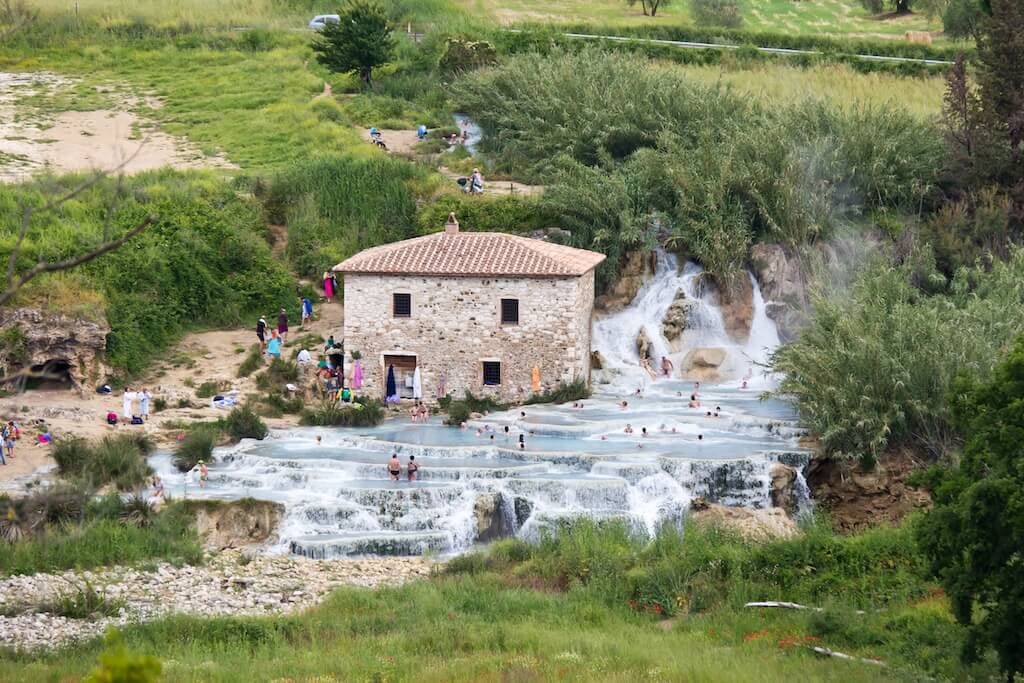
Thermal baths at Saturnia and Cascate del MulinoAs you proceed along the twisting trail, you come to the hot springs near to a long-gone mill. Because of this, it is also known as Mill Falls or Cascate del Mulino. You can’t miss them despite the strong stench of decaying eggs all around you.
Don’t panic; the only thing in the water that smells like sulfur is there. A little valley is formed when water gushes out of the soil at a temperature of 37°C (98°F). After years of the white water sculpting the soil, little pools were formed. Legend has it that Saturnia’s hot springs first developed where a lightning strike took place.
Petriolo Hot Springs in TuscanyThe Petriolo Hot Springs are about 40 minutes south of Siena, close to the border between the provinces of Grosseto and Siena. They have grown in acceptance ever since the time of the ancient Romans. In reality, the walls of a former Roman thermal bath are still visible today. Petriolo was one of the original hot springs in Tuscany that may have been used to polish skin, treat colds, and alleviate arthritis.
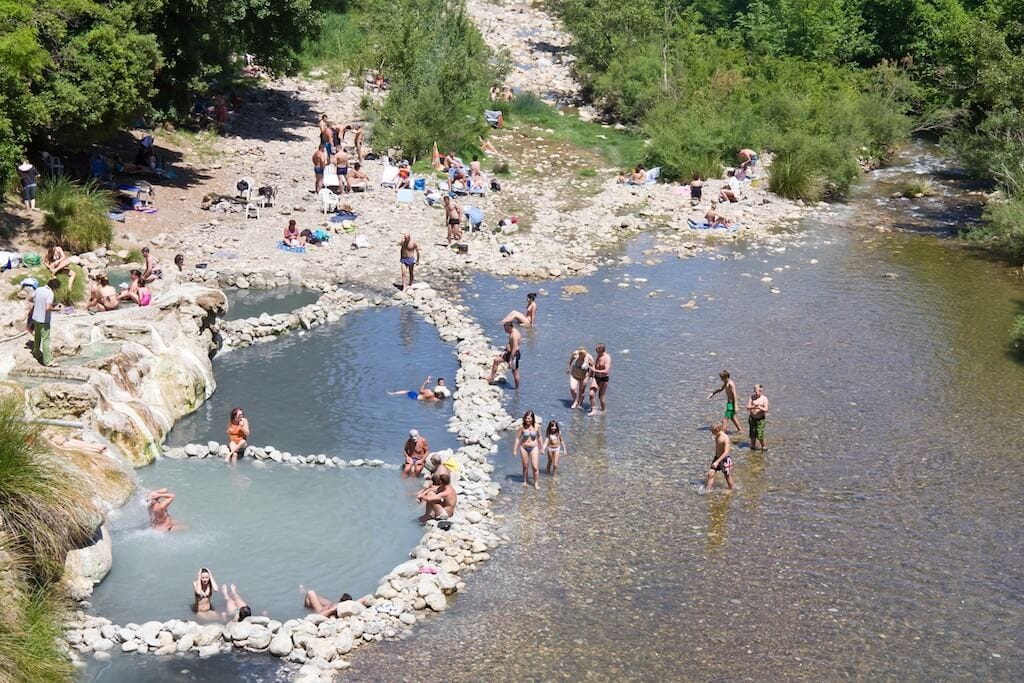
Petriolo Hot SpringsThe hot waters erupt from the ground at a temperature of 43°C/109°F, filling small baths and a bigger pool. The clay that is plentiful along the riverbanks can be gathered and smoothed. After a short while, go swimming to wash off the mud, and your skin will be softer and smoother.
Bagni San Filippo Bagni San Filippo is situated at the foot of Mount Amiata and is encircled by the breathtaking Val d’Orcia hills. The town’s name comes from the prior Filippo Benizi, who fled to this region in the 13th century after being chosen to be the next Pope.
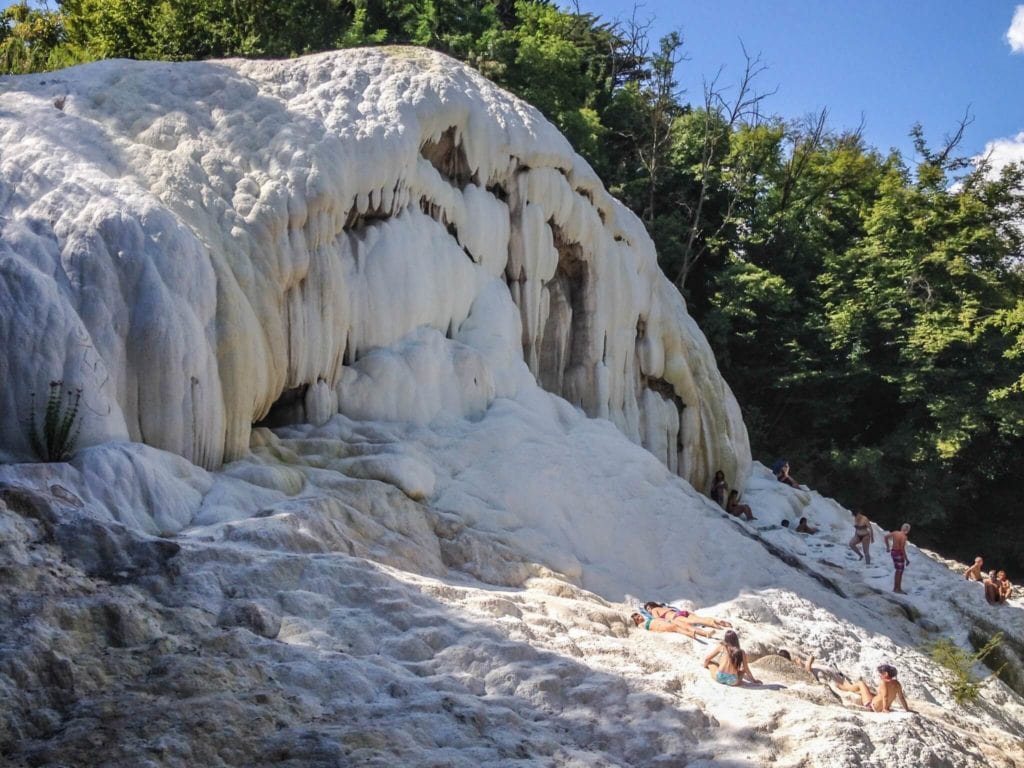
Fosso Bianco is the name of these free hot springs. In the middle of the woods, a short descent will lead you to a variety of little pools with water that is 40°C (104°F) and is rich in calcium, sulfur, sulfur bicarbonate, and magnesium. The distinctive feature of Bagni San Filippo hot springs is the substantial limestone formation.
It resembles a white giant whale due to its unusual shape and stark white color.
The House of Medici frequented these baths throughout the Grand Duchy of Tuscany, starting with Lorenzo the Magnificent in 1485 and continuing with Grand Duke Ferdinando II, who came here in 1635 to alleviate a persistent headache.
Vecchio Bagno Have you ever imagined a small town with a gigantic rectangular pool in the place of the town square? There are only 30 people living in Bagno Vignoni, one of Tuscany’s most distinctive hot springs, which is situated in the Val d’Orcia.
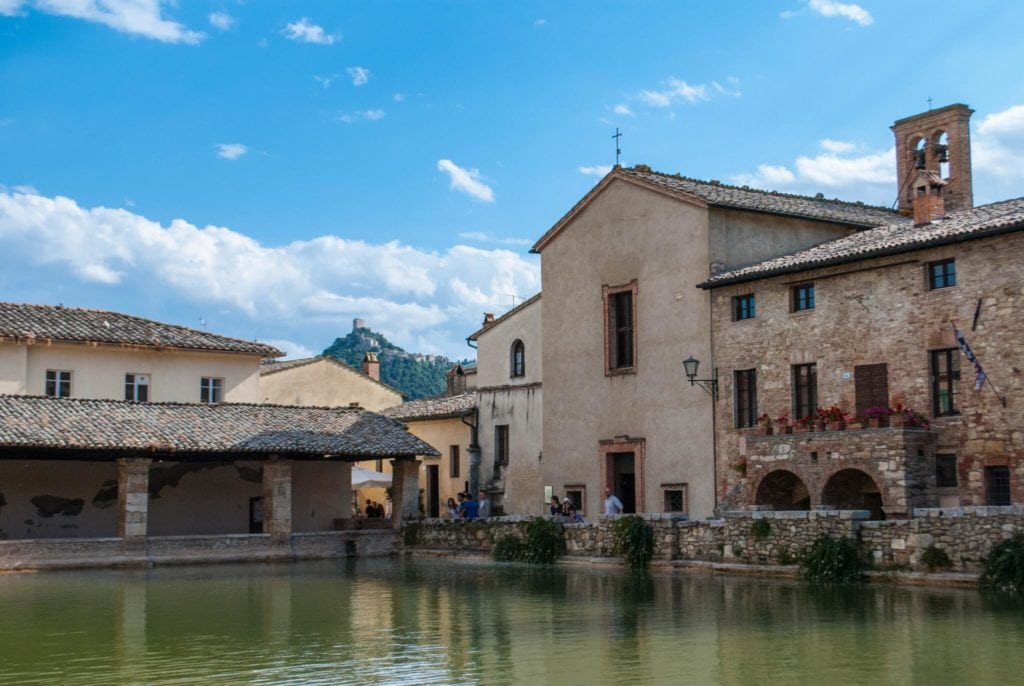
It is well-known for having a distinctive square called Piazza delle Sorgenti. All of the homes are around by the massive central tank, which is used to store the hot water that gushes from the volcanic ground. You can visit the tiny church and eat lunch or drink coffee at one of the tables outside.
The pilgrimage route known as the Via Francigena passes in Bagno Vignoni. The first people to become aware of the hot springs and utilize their therapeutic and relaxing effects were the Romans. Later, the Medici Family spent their holidays and unwinded here as well. At the beginning of the path leading up to the center are the teeny free springs. Just the natural world is all around you.
Small, natural channels and cascades carry the sulfuric water, which is about 50°C/122°F, to this spot. San Casciano BagniAnother free hot spring in Tuscany where you may unwind is San Casciano in the region of Siena. At the base of Mount Cetona, close to the Umbria region boundary, there are original, stone-built swimming pools from the Roman era where you may unwind.
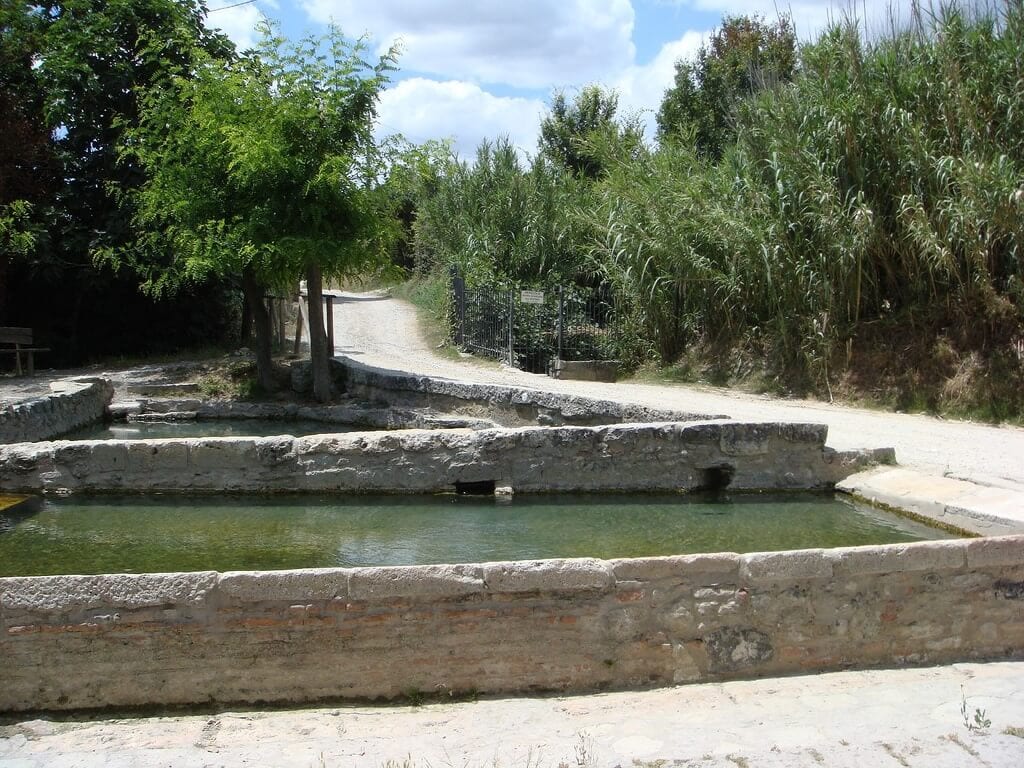
San Casciano Bagni Free to use hot springs – Leigh Rowan The water is rich in calcium, fluoride, and magnesium at 40°C / 104°F. This makes San Casciano a popular vacation destination, especially during Tuscany’s fall vacations. You are welcome to have a picnic and unwind on the grass in the expansive garden that surrounds the pool during the summer.Period EquiIn Lunigiana, tucked amid the craggy Apuan Alps, is the little village of Equi Terme. These hot springs in Tuscany are well known for their therapeutic properties that date to the Roman era.
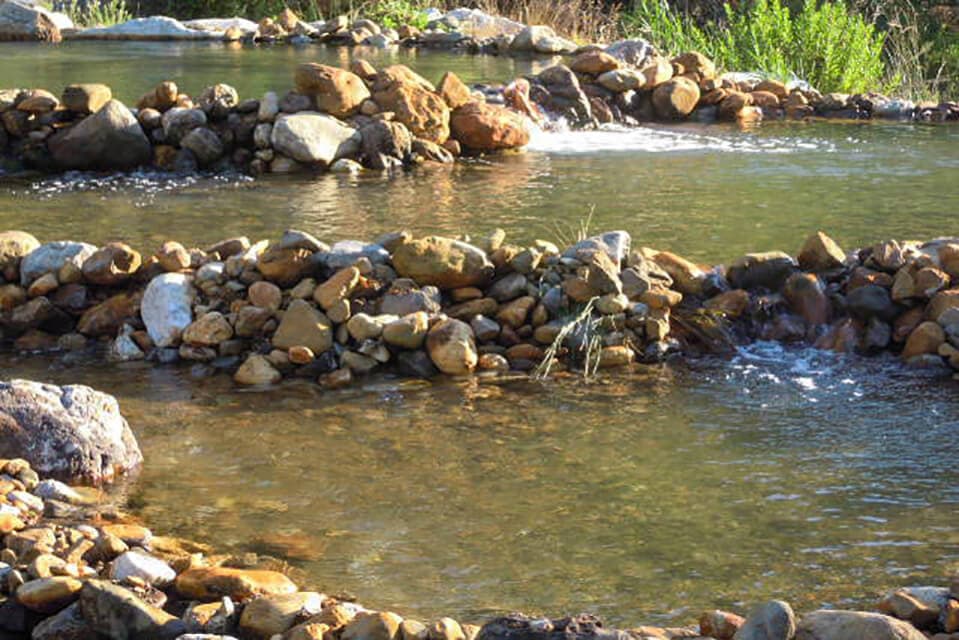
You should include Equi Terme, a Tuscany resort that is largely popular with locals, in your itinerary because it is truly off the beaten path. You can also include a visit to the nearby grotto and the archaeological park.
All around Lunigiana, there are castles, therefore I suggest going to one of them. A peaceful day spent with loved ones is the perfect setting for any of Tuscany’s hot springs. Additionally, revitalize your body and mind.
They are also an effective treatment for people who have arthritis, rheumatism, and neuralgia. How to Benefit from Tuscany’s Natural Hot SpringsThis recommendation is valid for all of Tuscany’s hot springs, so pack a lunchbox.
After a thermal bath, you’ll be really hungry, but not all places are close to eateries where you can grab a meal or a classic Tuscan Merenda. When it’s busy or on the weekends, these places fill up quickly.
So, I advise going there early in the morning if you want to locate a good spot. And possibly leave around lunchtime, which is peak hour. If you want to discover more about Tuscany’s spa facilities and you haven’t had enough of its hot springs, stay tuned. Soon, we’ll talk about amazing thermal baths. Use a pin to save it for later.
